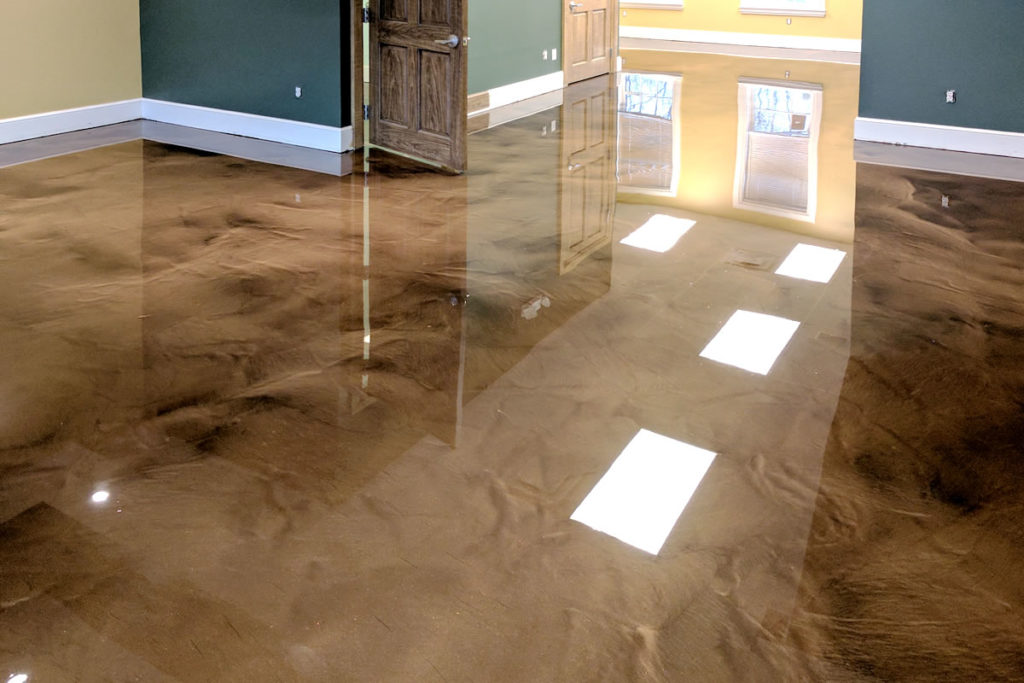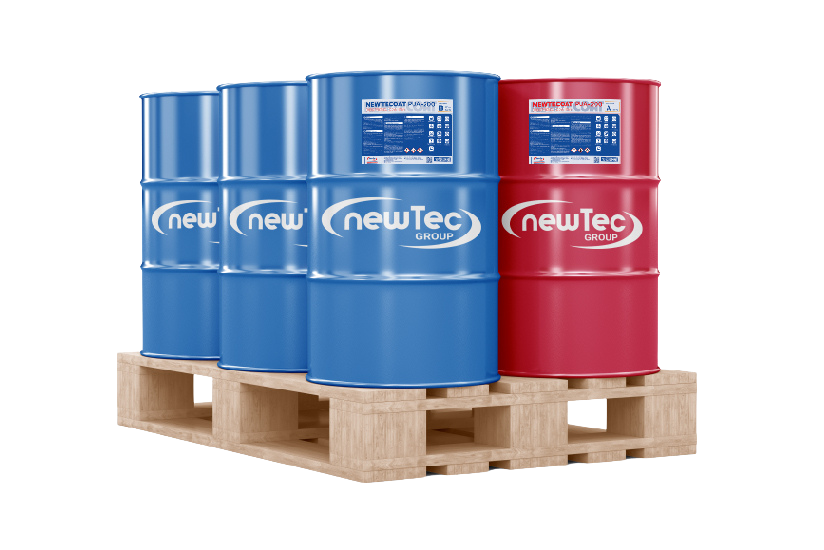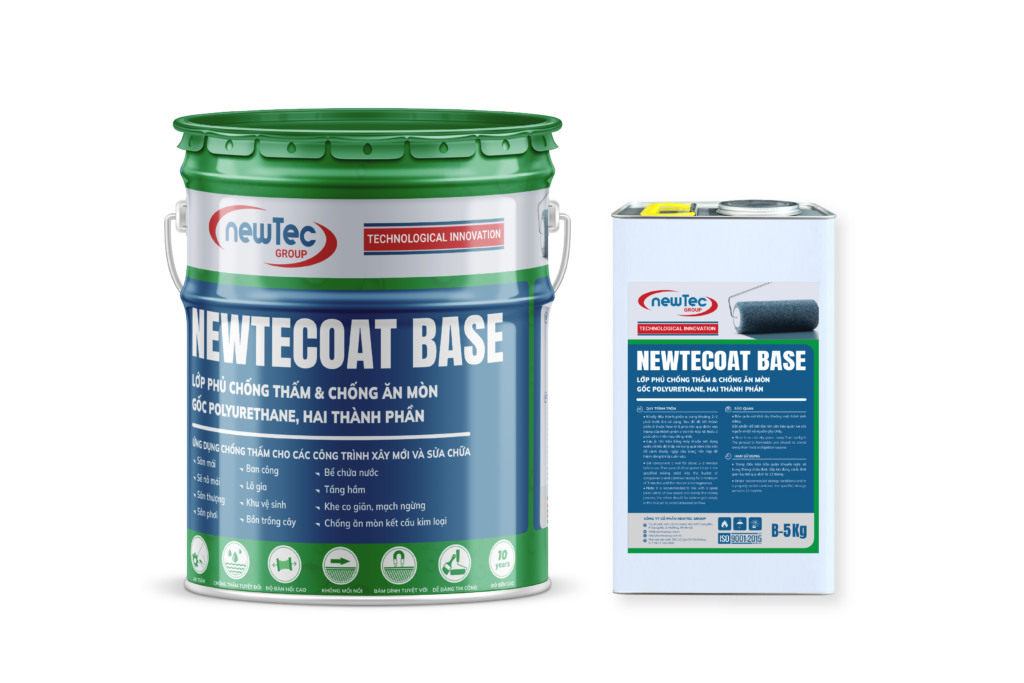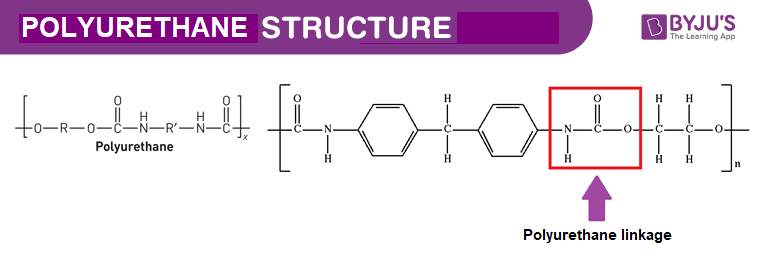Have you ever found yourself in the paint aisle, staring at cans of polyurethane and varnish, wondering what the difference is? You’re not alone. Many folks assume they’re the same thing, but there’s more to it. Polyurethane and varnish are used to protect surfaces but have different properties and best uses. Let’s break it down and clear up the confusion.
Key Takeaways
- Polyurethane and varnish are both finishes but serve different purposes.
- Polyurethane is more durable and better for indoor projects.
- Varnish offers superior UV protection, making it ideal for outdoor use.
- Application techniques differ between the two, impacting the final look.
- Choosing between them depends on the project requirements and environment.
Understanding Polyurethane and Varnish: Definitions and Composition
Chemical Composition of Polyurethane
Polyurethane, often called PU, is a versatile polymer made from a reaction between polyols and diisocyanates. These compounds create a material known for its durability and resilience, making it a popular choice in various applications, from coatings to foams and elastomers. In the construction industry, polyurethane is celebrated for its ability to provide robust protection against wear and tear, enhancing the longevity of materials. Recent advancements in polyurethane technology have paved the way for innovative applications, such as high-performance coatings and insulation materials, which are crucial for sustainable building practices.
Source: BYJU’S
Chemical Composition of Varnish
Varnish is traditionally a mixture of resin, oil, and solvent. The resin can be natural or synthetic, with alkyd and urethane resins being common. These components are combined and heated to form a durable finish. Varnish is typically used to provide a protective layer over wood surfaces, enhancing their appearance and offering some degree of protection against moisture and wear. However, it is generally less durable than polyurethane, particularly in high-traffic or demanding environments.
Differences in Formulation
While both polyurethane and varnish are used as protective finishes, their formulations differ significantly. Polyurethane is a type of varnish that incorporates urethane polymers, offering superior resistance to scratches and heat compared to traditional varnishes. This makes it ideal for surfaces that require a high level of protection, such as floors and countertops. On the other hand, varnish, with its oil-based formulation, tends to penetrate the wood more deeply, providing a warm, natural look but with less resistance to physical damage than polyurethane.
In the evolving landscape of construction materials, companies like NewTec Group in Vietnam are at the forefront, manufacturing and exporting advanced polyurethane solutions. They are actively seeking partnerships with construction companies and distributors to expand their reach and influence in the market. As the demand for durable and sustainable materials grows, polyurethane’s role in construction is set to become even more prominent.
Comparing Polyurethane and Varnish: Key Characteristics
Durability and Resistance
Polyurethane and varnish, while often confused, each bring their unique strengths to the table. Polyurethane varnish is renowned for its exceptional abrasion resistance, making it a top choice for surfaces that face daily wear and tear, like floors and industrial settings. However, it tends to be less clear and can suffer from UV damage over time. Traditional varnishes, on the other hand, offer a clearer finish but may not match polyurethane’s toughness.

Polyurethane varnish is renowned for its exceptional abrasion resistance
Application Techniques
Applying these finishes requires different approaches. Polyurethane can be more challenging to work with due to its thickness and the need for even application to avoid bubbles or streaks. Varnish, typically being thinner, allows for easier brushing and tends to dry more evenly. However, achieving a smooth finish with polyurethane often necessitates additional steps like sanding between coats.
Aesthetic Differences
The aesthetic outcome of each finish varies significantly. Polyurethane often imparts a slightly cloudy appearance, which can dull the natural beauty of wood. Varnish, especially oil-based, enhances the wood’s natural grain and color, providing a warm, rich finish. This difference is crucial when the visual appeal of the wood is a primary consideration.
Choosing between polyurethane and varnish often depends on the specific needs of the project—whether durability or aesthetic value holds more weight. Understanding these differences can guide you in selecting the right finish for your needs.
Polyurethane is widely used in construction, offering robust protection and longevity. Innovations in this field are paving the way for more sustainable construction materials. Companies like NewTec Group in Vietnam are at the forefront, producing advanced polyurethane solutions and seeking partnerships with construction companies and distributors to expand their reach.
Is Polyurethane a Varnish? Clarifying Common Misconceptions
Historical Context and Evolution
Polyurethane and varnish have been around for quite some time, each with its unique history. Historically, varnish was a mixture of resins and drying oils, which were heated to form a compound that could be applied to surfaces for protection and aesthetic appeal. Over the years, the introduction of synthetic resins, including polyurethane, has transformed the landscape of protective finishes. Polyurethane, often marketed as a type of varnish, is actually a more modern development that offers enhanced durability and resistance compared to traditional varnishes. Its evolution from a simple protective coating to a versatile material used in various applications marks a significant advancement in finishing technologies.
Marketing and Consumer Perceptions
In the consumer market, polyurethane is frequently labeled as a varnish, which can lead to confusion. This marketing strategy often emphasizes its superior toughness and ease of application, but it can obscure the fact that polyurethane is chemically distinct from traditional varnish. Consumers may perceive polyurethane as just another varnish option, but in reality, it serves different purposes and offers unique benefits. This perception is shaped by both marketing tactics and the general trend towards more durable, low-maintenance finishes.
Technical Definitions
From a technical standpoint, polyurethane and varnish differ significantly. Varnish is typically a blend of oils and resins that hardens upon drying, while polyurethane is a polymer that forms a hard, protective layer. The key distinction lies in their chemical makeup and the properties they impart to surfaces. Polyurethane provides a harder, more resilient finish, making it ideal for high-traffic areas and surfaces that require robust protection. Unlike traditional varnish, polyurethane is less prone to yellowing and can withstand more rigorous conditions.
Understanding the nuances between polyurethane and varnish is crucial for anyone looking to choose the right finish for their projects. While they may seem similar at first glance, their differences in composition and performance can significantly impact the outcome of any application.
Best Uses for Polyurethane and Varnish in Various Applications
Polyurethane is highly valued in the construction industry for its durability and versatility. It is widely used in flooring, furniture, and even marine applications due to its exceptional resistance to wear and environmental factors. Meanwhile, traditional varnish still holds its own in applications where a softer, more flexible finish is desired, such as in certain woodworking projects.
In the realm of construction, polyurea provides a more flexible and impact-resistant solution compared to epoxy, making it ideal for high-traffic areas. This adaptability is why many construction companies and distributors are keen on exploring partnerships with innovative manufacturers like NewTec Group. Based in Vietnam, NewTec Group specializes in advanced construction materials and is actively seeking collaborations to expand its reach in the industry. Their commitment to quality and innovation positions them as a leading exporter and manufacturer in the region.
Best Uses for Polyurethane and Varnish in Various Applications
Indoor vs Outdoor Applications
Polyurethane and varnish each have their own strengths when it comes to indoor and outdoor applications. Polyurethane is generally preferred for indoor use due to its durability and resistance to scratches and impacts. It is often used on floors, furniture, and cabinetry. The oil-based version, while more durable, can yellow over time, whereas water-based polyurethane maintains a clearer finish and dries faster.
Varnish, on the other hand, is more suited for outdoor projects. Its formulation offers better UV resistance, making it ideal for protecting wood surfaces exposed to sunlight, such as decks and patio furniture. However, it requires more coats and careful application to avoid cracking and peeling.
Furniture and Flooring
For furniture and flooring, polyurethane is often the go-to choice. Its toughness makes it ideal for high-traffic areas and surfaces that need to withstand wear and tear. Oil-based polyurethane is particularly favored for its rich finish and heat resistance, though it has a stronger odor and takes longer to dry than its water-based counterpart.

Polyurethane Coating For Furniture
Varnish, while less common for indoor furniture, can be used when a natural, warm appearance is desired. It provides a glossy finish that enhances the natural beauty of wood but is more susceptible to damage from heavy use compared to polyurethane.
Marine and Industrial Uses
In marine and industrial settings, the choice between polyurethane and varnish depends on the specific requirements of the project. Polyurethane is often used in industrial applications due to its superior resistance to chemicals and abrasion. It is also flexible, which is beneficial in environments where materials expand and contract.
Varnish is traditionally used in marine environments for its ability to protect against water and UV damage. However, it requires regular maintenance to ensure its protective qualities are maintained over time.
When selecting a finish, consider the environment and the demands of the application. Polyurethane offers robust protection for indoor and high-traffic areas, while varnish excels in outdoor and marine settings with its UV resistance.
Polyurethane in Construction
Polyurethane’s versatility extends beyond traditional applications. In construction, it is used for insulation, sealants, and coatings. Its ability to expand and fill gaps makes it an excellent insulator, improving energy efficiency in buildings.
Innovation in Construction Materials
As construction demands evolve, materials like polyurethane are leading innovations. With advancements in technology, polyurethane is now being used in more sustainable and efficient ways, contributing to greener building practices.
NewTec Group: A Leader in Innovation
NewTec Group, based in Vietnam, is at the forefront of manufacturing and exporting advanced polyurethane materials. They are actively seeking partnerships with construction companies and distributors to expand their reach and impact in the construction industry. Their commitment to quality and innovation positions them as a key player in the global market.
Choosing the Right Finish: Factors to Consider
Environmental Considerations
When selecting a finish for your woodworking project, environmental factors play a crucial role. Consider the impact of the finish on indoor air quality and the environment. Water-based polyurethane is generally less toxic and emits fewer volatile organic compounds (VOCs) compared to oil-based options. This makes it a preferred choice for indoor applications, especially in spaces with limited ventilation.

Water-based polyurethane is generally less toxic
Cost and Availability
The cost of finishes can vary significantly. Oil-based polyurethane is often the more affordable option, while varnish and high-end water-based polyurethanes might be pricier. Availability can also be a factor, as some finishes might be easier to find in certain regions. It’s important to weigh the initial cost against the long-term benefits and durability.
Performance and Longevity
Performance and longevity are key when choosing a finish. Polyurethane is known for its durability and resistance to scratches and abrasions, making it ideal for high-traffic areas like floors. Varnish, on the other hand, offers excellent UV protection, which is beneficial for outdoor projects. Consider the specific needs of your project to determine which finish will provide the best long-term results.
NewTec Group, a leading manufacturer and exporter in Vietnam, is pioneering advanced construction materials, including innovative polyurethane solutions. Their products are designed to withstand harsh conditions, ensuring longevity and performance. NewTec Group is actively seeking partnerships with construction companies and distributors to expand their reach in the industry.
The Future of Polyurethane and Varnish in the Coatings Industry
Innovations and Technological Advances
Polyurethane, a versatile material known for its durability and flexibility, is paving the way for future innovations in the coatings industry. As a leading polyurethane manufacturer, NewTec Group in Vietnam is dedicated to advancing construction materials with cutting-edge technologies. Their research and development efforts focus on creating products that not only meet but exceed the demands of modern construction needs. From enhancing abrasion resistance to improving UV protection, these innovations are setting new standards.

NewTec Group – Leading Manufacturer In Vietnam
Sustainability and Environmental Impact
The push towards sustainable practices is reshaping the coatings industry. Polyurethane suppliers are now prioritizing eco-friendly formulations that reduce VOC emissions and improve biodegradability. This shift is crucial for minimizing environmental impact and aligning with global sustainability goals. As a polyurethane factory, NewTec Group is committed to producing coatings that are both effective and environmentally responsible.
Market Trends and Consumer Preferences
The coatings market is evolving rapidly, with a projected growth of USD 385.01 billion by 2029. This surge is driven by emerging trends and competitive dynamics. Consumers are increasingly seeking coatings that offer a balance between performance and environmental safety. Polyurethane’s adaptability makes it a preferred choice for various applications, from industrial to residential settings. NewTec Group, as a prominent player, is actively seeking partnerships with construction companies and distributors to expand their market reach and cater to these evolving consumer preferences.
The future of coatings lies in innovation and sustainability. Companies like NewTec Group are leading the charge by developing advanced materials that not only protect but also preserve our environment. Their commitment to excellence ensures that the coatings industry continues to thrive and adapt to new challenges.
As we look ahead, polyurethane and varnish are set to play a big role in the coatings industry. These materials are not just strong and durable; they also offer great protection and finish for various surfaces. If you’re curious about how these innovations can benefit your projects, visit our website for more information and resources!
Conclusion
In wrapping up, it’s clear that while polyurethane and varnish are often mentioned together, they serve different purposes and have distinct characteristics. Polyurethane, with its robust durability and resistance to scratches and heat, is a top choice for indoor projects like furniture and flooring. On the other hand, varnish, known for its excellent UV protection, is better suited for outdoor applications. Understanding these differences helps in selecting the right finish for your project, ensuring both longevity and aesthetic appeal. Whether you’re working in a cozy indoor space or a weather-exposed outdoor area, choosing the right product will make all the difference in the outcome.
Read more: What is Polyurethane? Understanding its Properties and Applications in Everyday Life





You may also be interested in
Understanding What Polyurethane Foam When Burned Gives Off: Health Risks and Safety Precautions
Polyurethane foam is commonly used in many products, from furniture to insulation. However, when it
May
Exploring the Question: Is Polyurethane Durable Enough for Everyday Use?
Polyurethane is everywhere, from the cushions on your couch to the insulation in your walls.
May
Exploring the Truth: Is Polyurethane Eco Friendly in Today’s World?
Polyurethane is everywhere these days, from your furniture to your sneakers, but is polyurethane eco
May
Trusted Polyurea Manufacturer for Philippines Supporting Industrial and Construction Excellence
The polyurea market in the Philippines is poised for significant growth from 2025 to 2031,
May
The Role of a Reliable Polyurea Manufacturer for Malaysia in Enhancing Construction Quality
Polyurea coatings have become increasingly vital in Malaysia’s industrial and construction sectors due to their
May
Reliable Polyurea Manufacturer for Cambodia Supporting Industrial and Construction Growth
Polyurea coatings are increasingly recognized for their vital role in the industrial and construction sectors,
May
Meet the Leading Polyurea Manufacturer for Thailand Powering Industrial Applications
Polyurea coatings have become an essential solution in various industrial sectors due to their exceptional durability, rapid curing times, and resistance to
May
Exploring Polyurea Manufacturer & Custom Coating Options in Southeast Asia
Polyurea coatings have become a game-changer in the protective coatings industry due to their remarkable
May